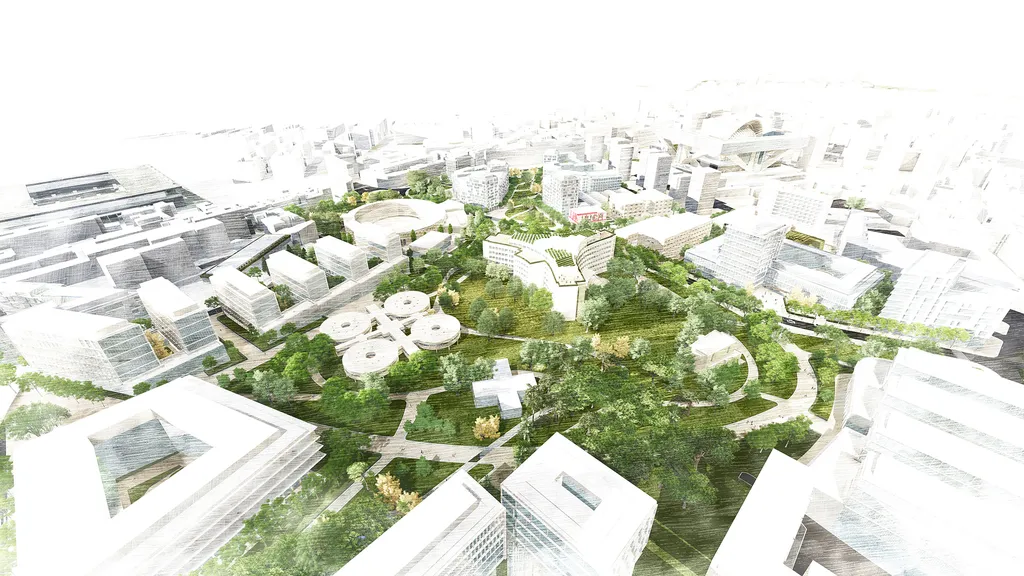In the heart of Galicia, an architectural renaissance is underway, one that breathes new life into heritage buildings and offers a blueprint for sustainable urban development. José Luis Martínez Raído, a professor at the University of A Coruña, is at the forefront of this movement, advocating for a sensitive approach to architectural rehabilitation that respects the past while embracing the future.
Raído’s recent paper, published in the Journal of Architectural and Engineering Research (translated from Spanish as ‘Revista de Investigación Arquitectónica e Ingeniería’), delves into the transformative power of adaptive reuse. “The key is compatibility,” Raído asserts. “The new intended use must harmonize with the existing building’s shell. It’s this recovery of utility that brings architectural heritage back to life.”
The paper presents three case studies, each a testament to the potential of heritage buildings to evolve and adapt. From a former factory reborn as a cultural center to a historic residence transformed into a boutique hotel, these projects demonstrate the commercial viability of architectural rehabilitation. They also underscore the potential for energy savings, as adaptive reuse often requires less energy than new construction.
Raído’s work challenges the status quo, pushing back against the tide of demolition and new build. “We can’t afford to lose our architectural heritage,” he argues. “But equally, we can’t afford to let these buildings stand idle. Adaptive reuse offers a sustainable, economically viable alternative.”
The implications for the energy sector are significant. As cities worldwide grapple with the need to reduce carbon emissions, adaptive reuse presents a compelling opportunity. By rehabilitating existing buildings, we can minimize the demand for new construction, reducing the embodied energy of our built environment.
Moreover, heritage buildings, with their thick walls and small windows, often possess inherent energy-efficient qualities. By sensitively upgrading these buildings, we can enhance their thermal performance, further reducing energy consumption.
Raído’s research is a call to action, a challenge to see our built environment not as a static backdrop, but as a dynamic, evolving entity. It’s a reminder that our cities are not just collections of buildings, but living, breathing organisms, shaped by and shaping the communities they house.
As we look to the future, Raído’s work offers a roadmap for sustainable urban development. It’s a vision of cities where the old and the new coexist, where the past informs the future, and where architectural heritage is not a relic, but a living, breathing part of our shared cultural landscape.

